Seijun Suzuki’s Branded to Kill (1967): Criterion Blu-ray review
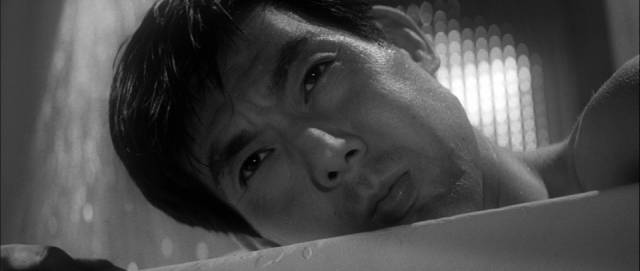
There was obviously something in the air in the mid-to-late-’60s. As social and political disruptions spread around the world, filmmakers aggressively began to deconstruct familiar models of storytelling. While Godard reworked various genres in France and, to a lesser degree, people like Sam Peckinpah and Arthur Penn were doing something similar in Hollywood, Seijun Suzuki rebelled against the conventions by which he had been constrained in a decade churning out B-movies for Nikkatsu in Japan. Chafing at the poor quality of the scripts he was assigned, he began to play with form, a process which culminated in his fortieth feature for the studio, a film so radical that his bosses broke his contract and fired him (resulting in a legal case which he eventually won, though he was relegated to the wilderness for almost ten years).
Branded to Kill (1967) was Suzuki’s response to years spent making formulaic yakuza movies. When called on to come up quickly with a project to fill a hole in the production schedule, the director got together with his friends Yasuaki Hangai and Yutaka Okada to produce a script which reduces the genre to a series of signifiers stripped of backstory, exposition and conventional narrative connective tissue. The result was a feverish, allusive, hypnotic dream which demanded that the audience piece together a coherent narrative using their memories of other gangster movies.
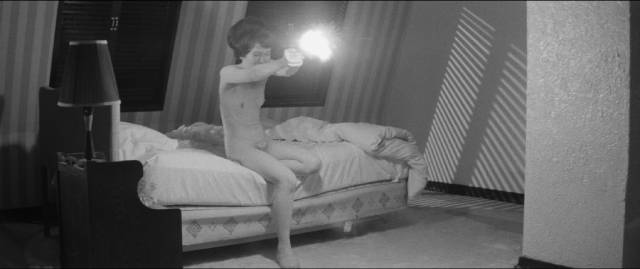
Hanada (Joe Shishido) is a hit man working for a vaguely defined criminal organization. He’s number five in the hierarchy, and longs to be number one – though no one knows if a number one actually exists. On his latest assignment, transporting another man somewhere for some reason, running a gauntlet of killers who are apparently also in the same hierarchy, he finds himself targeted for elimination. There are kinetic encounters, shoot-outs, and two femmes fatales – his wife Mami (Mariko Ogawa), who betrays him for his boss Yabuhara (Isao Tamagawa), and Misako (Annu Mari), who hires him to kill a man. These two merge into a composite, sexually dangerous figure, with both eventually attempting to kill Hanada.
With Hanada assigned a series of hits with no immediate connection or explanation (though later there’s a throwaway rationale), Suzuki stages the murders as archetypal noir moments – with one later appropriated by Jim Jarmusch for the most idiosyncratic kill in Ghost Dog (1999). The entire film seems like a succession of highlights with all the boring bits removed, trusting that the audience knows enough to make some kind of sense of it all.
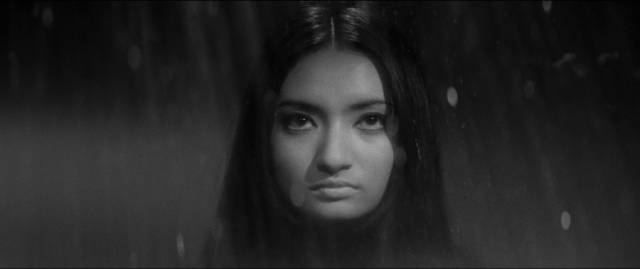
Freed from the logical demands of narrative, Suzuki fills the movie with strange details. Hanada can only achieve sexual arousal by immersing himself in the smell of cooking rice; the walls of Misako’s residence are covered with myriad butterflies mounted on pins; the hit Misako has hired him for goes wrong as a butterfly lands on the gun barrel, blocking his view just as he pulls the trigger. These and other details remain unexplained, creating an arcane atmosphere in which uncertainty and paranoia bloom into absurdity, to a point where it becomes impossible to determine what is “objective” and what may be Hanada’s subjective delusions – pointing to the fact that in a constructed narrative such dichotomies are actually meaningless.
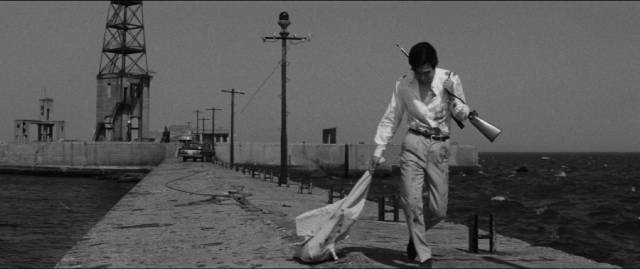
Suzuki’s genre deconstruction goes beyond story, taking in the figure of Hanada himself. Less a character than a collection of signifiers pointing towards familiar conventions, he gains an uncanny quality from the casting of Joe Shishido. Early in his career, Shishido had been self-conscious about what he called his “hollow cheeks”, which he felt undermined his own star potential; so he had plastic surgery to give his face a rounder appearance. But the effect was more than intended, giving him the unsettling look of a hamster with stuffed cheek pouches. There’s an air of unreality about him which leans into Suzuki’s play with genre. The actor’s appearance, combined with Hanada’s sexual peculiarities and the conflicted mix of ambition, paranoia and delusion, completely upends the figure of the hardboiled yakuza hero, transforming convention into mocking absurdity.
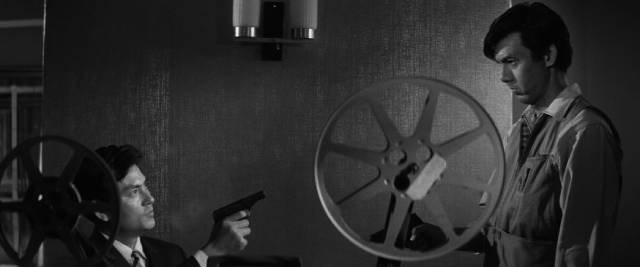
Although there could have been no direct influence either way, Branded to Kill bears a glancing resemblance to another key work of genre deconstruction from 1967 – Patrick McGoohan’s The Prisoner, which also centres on a figure trapped by narrative conventions which, serving now as foreground rather than mere support for the story, take on a surreal quality which breeds paranoia. In an odd instance of synchronicity, the refrain “who is number one?” runs through both works, underlining the uncertainty about just who was in charge of society which triggered social and political upheavals around the world throughout the decade.
*
The disk
Criterion’s new edition of Branded to Kill is the third time they’ve released the film (fourth, if you count the laserdisc). It was one of their earliest DVD titles back in 1999, upgraded to Blu-ray in 2011, and now upgraded again with a new 4K scan. This release is dual-format, with a 4K UHD disk containing just the movie and a Blu-ray with the feature and extras. A bit disappointingly, the Blu-ray is just a repackaged copy of the 2011 edition, reusing the older transfer rather than the new 4K scan. While it looks just fine, it would no doubt have looked even better if remastered.
The supplements
As the Blu-ray is the 2011 edition, there are no new extras. There are three brief featurettes: intercut interviews with Suzuki and assistant director Masami Kuzuu (12:10), in which they discuss how the production came about and the fall-out from the studio’s hostility to the finished film, and an interview with Shishido (10:57), both recorded in 2011; plus an interview with Suzuki from 1997 (14:06). There’s also a trailer (3:10) and a booklet which contains the essay Tony Rayns wrote for the 2011 release.
Comments
Thanks for the great review for this film. Believe it or not, I have it in my collection but I haven’t watched it yet. I will watch it this week.
I have other films with Joe Shishido as the star and for sure, his cheeks are very noticeable. In fact, you almost have to force yourself to ignore the unusual look to his face while you watch him act. Before he became a lead player, he had a very normal looking face, as far as I’m concerned. It’s too bad he felt he needed to change things.
One of my favorite Joe Shishido films is A Colt is my Passport. I never get tired of rewatching it.
Again, thanks for this review. It prompted me to check to see if I actually had Branded to Kill in my collection! Now I need to watch it.
I have to admit that I prefer the movies Suzuki made under studio constraints to his later films made when he was freer to express himself – those later ones become so abstract that I just don’t connect with them, while the early ones are interesting for the ways he bends genre conventions while still telling accessible stories.
I should rewatch A Colt is My Passport – and the rest of the Eclipse Nikkatsu Noir set.
The only other Seijun Suzuki films I seem to have in my collection are Tokyo Drifter and Take Aim at the Police Van. I liked Take Aim quite a bit too. It’s in the Eclipse Nakkatsu Noir set.
I’m a big fan of Japanese noir in general. Have you seen Yoshitaro Nomura’s Zero Focus? That’s a favorite too.
I haven’t seen that … in fact, I’m not familiar with Nomura at all, though a quick look at IMDb shows he was pretty prolific over more than thirty years. Guess that’s another one I should look into!
I came across Zero Focus largely because I’m a Yoshiko Kuga fan. I really liked her performance in Good Morning and other films. Many Japanese directors seem to have an ensemble of actors that they use over and over, but I do find that you often see some actors used by a variety of directors. Yoshiko Kuga seems to be such an actor.